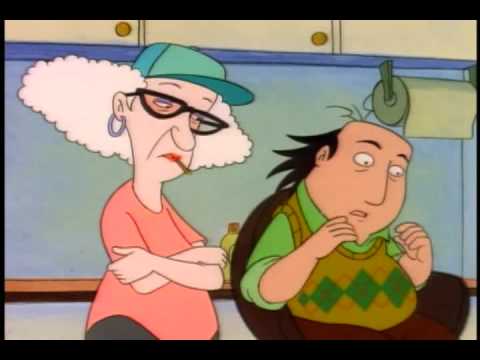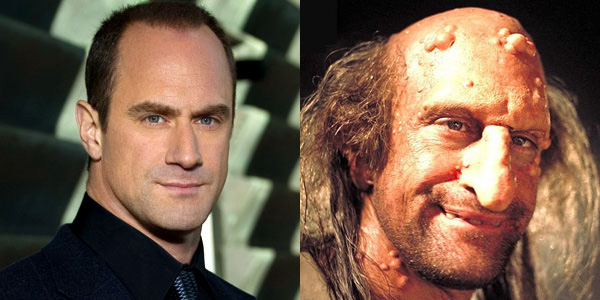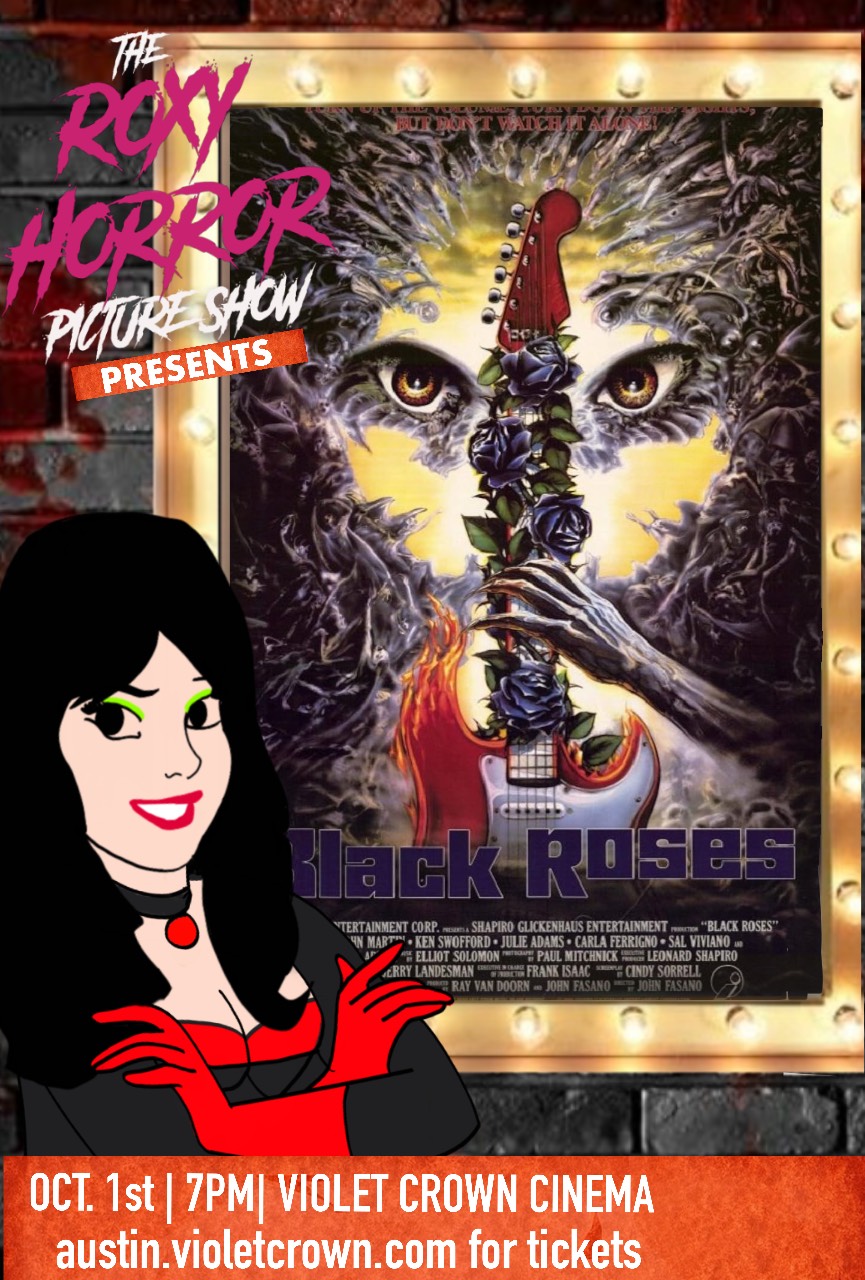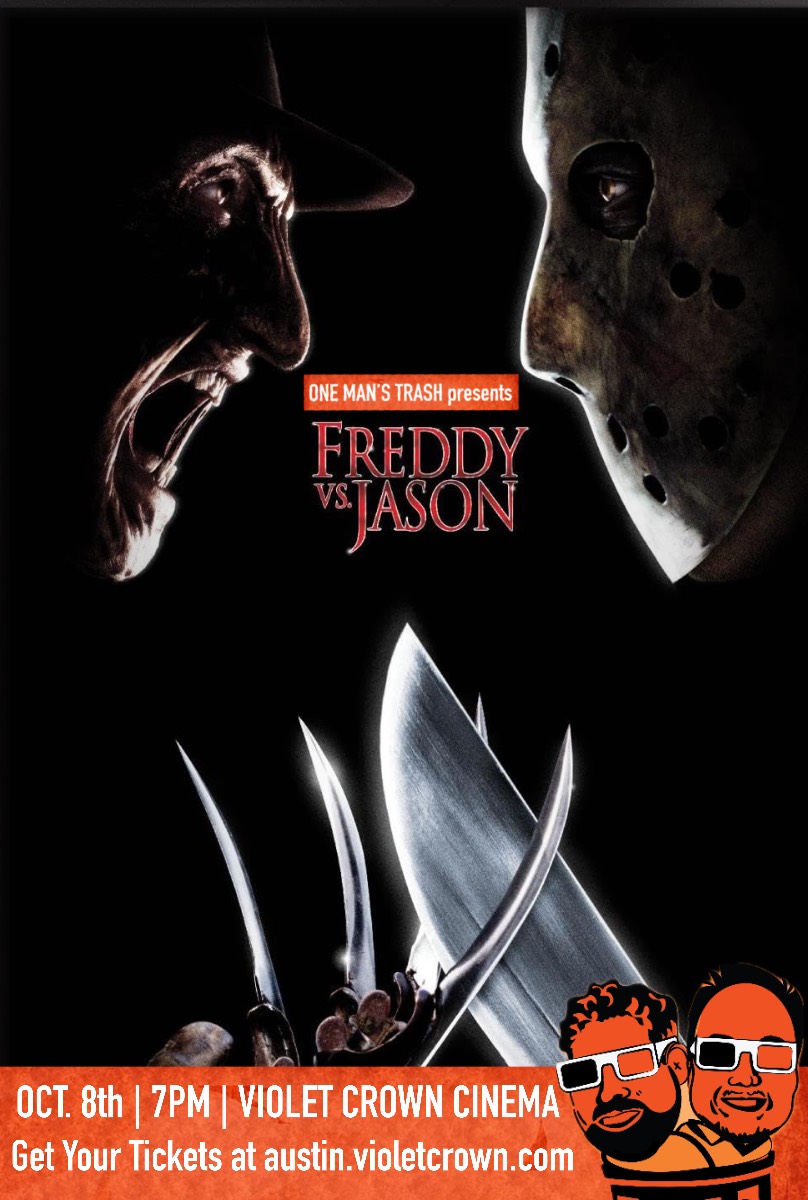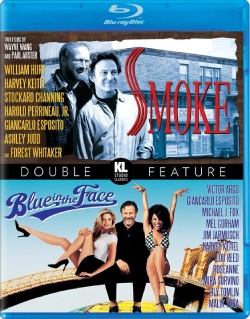Shades of Cinema invites you to see the world of movies and television through the eyes of the make up artist. Sometimes technical, sometimes glamorous, and but always nerdy, I strive to educate and entertain. I’ll cover the spectrum from the glittery lips of John Cameron Mitchell in Hedwig and the Angry Inch to the matte perfection of Ingrid Bergman in Casablanca, and, of course, everything you can possibly think of in between. Take a look, have a read, and if you feel a little shiny, just yell. “MAKE UP!”
One of my favorite cartoon characters of all time is Doris Grossman, voiced by Doris Grau, from the animated television show, The Critic. Doris, you see, is a partied-out, chain-smoking professional make-up artist. As a failed actress who married and out-lived an up-and-coming actor in her youth, she spends her later years earning a living powdering up a television show host, the main character Jay Sherman voiced by Jon Lovitz. During her ashy make up sessions with Jay, she doubles as his personal confidante and spring board.
She is hilarious to me, and probably to the world, since this seems to be the
iconography we love to assign to the role of the make-up artist. The pop culture archetype for film or television make-up artist is kind of pathetic really. And while these stereotypes do exist in real life, (I’ve met them, they are scary!) it is a very sad albeit humorous way to depict one of the most subtly influential members of the production crew.
Even at our most rudimentary task of applying powder, or sometimes even removing that tell-tale white powder from under the actor’s nose (been there, done that too!), we are magicians! We, like the gaffers, are manipulators of light! Armed with our brushes, powders, sponges, creams, q-tips, goops and goos, we change, enhance, and/or diminish what the human eye can perceive through the lens. With a few well-placed strokes of a brush, an actor’s face can go from friendly to villainous. The artistry and impact of our craft goes even deeper than just the obvious talent of the actor. You can witness character development in the work of a good make-up artist. An example of this is the character Karl Bruner in the romantic dramedy, Ghost.
Karl, played beautifully by Tony Goldwyn is introduced to us in the opening credits as he is helping his best friend, Sam, (the hunky and late Patrick Swayze) and Sam’s girlfriend Molly, (the iconic Demi Moore), knock down a wall in a deliciously shirtless sledgehammer fashion. Karl’s overall look is healthy, friendly, and boy-next-door sexy. His skin tone is good and his coloring is even. In the latter scenes of the movie, when its revealed that Karl is indeed the bad guy, his facial features take on a decidedly different look. As he becomes more entangled with his own machinations, Karl becomes the most dangerous of animals, one that is trapped by his own crimes with murder as the only way out. The circles around his eyes darken, his features seem more angular, and as the pressure mounts against Karl, he is in a state of constant perspiration.
With just a glance the audience knows without a doubt, that all chances of his redemption are gone and that Karl has fallen into the deep end. Three simple techniques convey this effect to the audience: dark shadow applied around the eyes, stronger contouring with foundation to make his bone structure pop, and a light-weight oil application to the reflective surfaces of the face to give the appearance of a sweat. It’s simple, and easily overlooked when taking in these scenes as a whole, but it’s those small details that add weight to effective story telling.
Consider how contradicting the feel would be if Karl looked super healthy and glowing with vitality as he tries to salvage his evil schemes. The audience wouldn’t necessarily feel the threat of his character, and the emotional impact of Sam’s best friend being his ultimate betrayer would be lost. This same technique when reversed can be used to fool the audience if the plot calls for a twist ending. It can also help if the film makers want to create doubt in a whodunit storyline. All of this is part of the make-up teams’ contribution, and very little credit is ever given.
By the way, if you haven’t seen Ghost, you really need to! Not only is it a guaranteed “get laid” movie for third dates (Thank you, Righteous Brothers and a little naughty play with a pottery wheel!), but it also has an amazing Oscar-winning performance by the infamous Whoopi Goldberg. And for you dudes who don’t like romantic films, Demi Moore is stupid, smoking hot in Ghost and worth searing into your brain for whackathon material.
One specialty where make-up artists do get a lot of fame and even Academy Award recognition is, of course, in special effects. We love to see hideous injuries, rotting faces, and monstrous facial creations. I mean, who doesn’t love how gag-worthy Christopher Meloni is in Harold and Kumar Go to White Castle! That seeping zit is awesome!
Entire transformations can be accredited to the make-up team. Some of my favorite examples are Jeff Goldblum, as he slowly turns into the “Brundle-fly” in David Cronenberg’s The Fly. Or Sharlto Copley’s Wikus, who gets a little “prawny” as the story unfolds in Neill Blomkamp’s Best Picture nominated masterpiece District 9. Special effects make-up is quite an artistic endeavor and it requires skill in sculpting and color theory. And it may also call for weeks of prep work, and appropriate budgeting. Since many of the materials used in creating some of the more advanced facial prosthetics call for chemical-based materials, a make-up studio with specialized ventilation systems might be required.
None of this is cheap, and that’s why many independent films may resort to surprisingly creative techniques to pull off a difficult look. I love it when micro-budget movies convey fantastic effects using basic household items (usually food-based), and I tip my hat to all of you underpaid and overworked make-up artists who spin such fabulous magic.
So, before you watch your next film, remind yourself to notice the look of each character. Somebody worked hard to make them look the way they do. That somebody interprets the relationship of light and shadows, and knows how to manipulate those factors to grow the story. Because in the end, it’s all about conveying, a damned good story. And a talented make-up artist is a shining feather in the cap for phenomenal story-telling.
Thank you!



